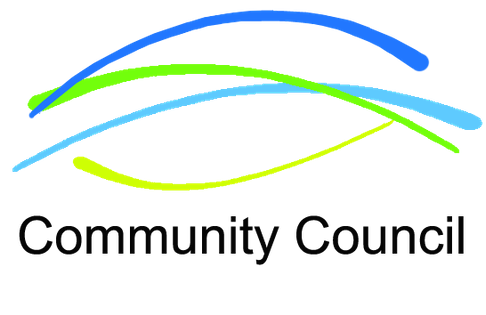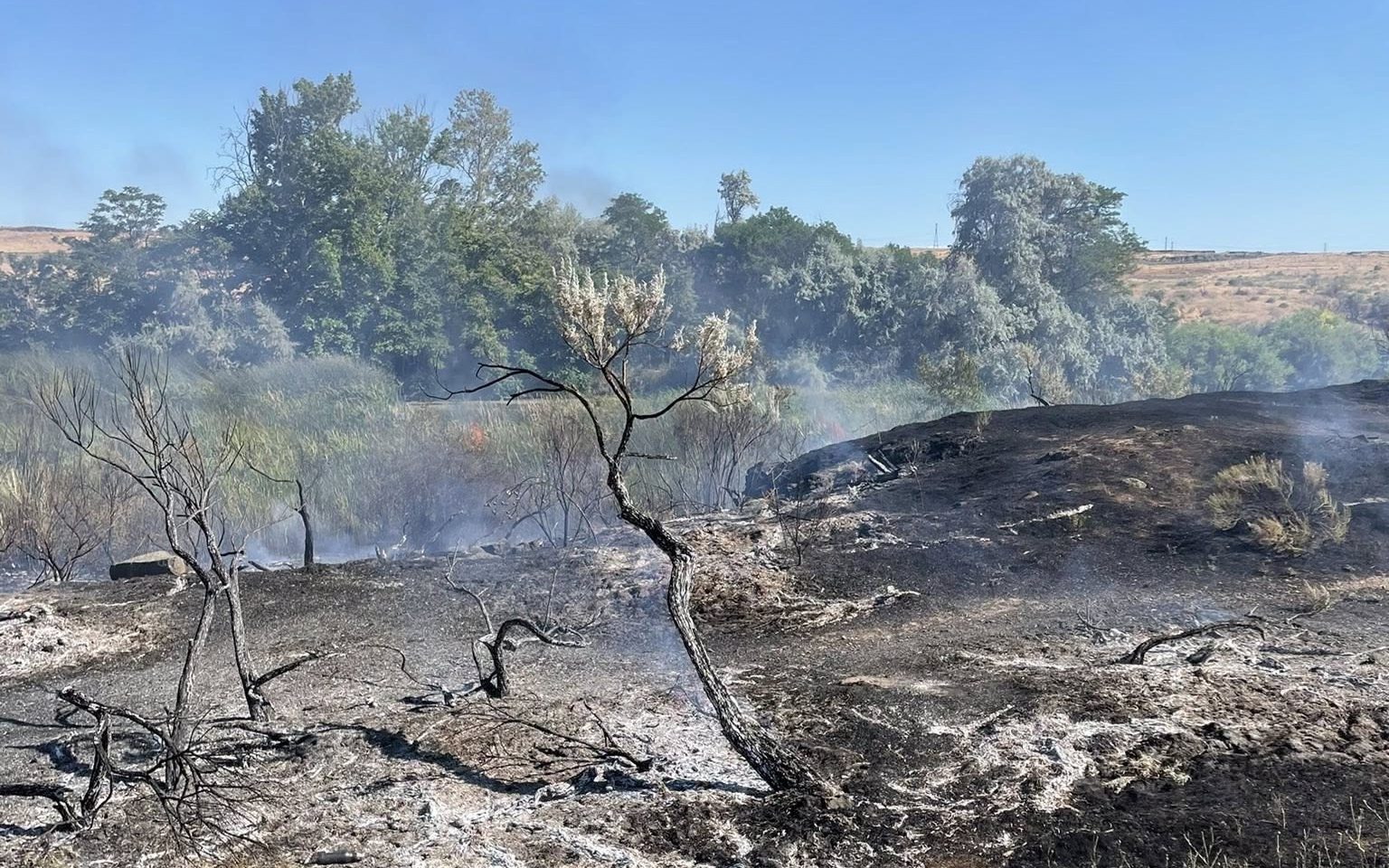Other views: Multi-family housing builds strong communities
Published 6:00 am Saturday, November 14, 2020

- Community Council.png
Strong communities are built on a sense of belonging. We find belonging through school, work, religious groups, civic and community gatherings, and ultimately through the place we call home. With secure homes close to where people work, families are healthier, kids do better in school, and neighborhoods and communities are stronger.
A safe, affordable home enables a family to spend more time with each other and participate in their local community through activities like volunteering, sports, community theater, and civic advisory committees. It also frees up more resources for a family to spend on essential goods and services like medical care, nutritious food, transportation, and child care, as well as discretionary things that make life more enjoyable.
Yet, in our region — Columbia and Walla Walla counties and the Milton-Freewater area — housing costs are rising faster than wages, and four out of every 10 households paying rent or a mortgage live in homes they can’t afford. According to the Department of Housing and Urban Development, a home is affordable when housing costs do not exceed 30% of a household’s pretax income. Our region does not have enough units, especially studio and one-bedroom units, to meet our region’s housing needs. This shortage of housing means more renters and homebuyers are competing for a small supply of homes, which drives housing prices up.
Increasing density — the number of units per area — can help to make homes more affordable because it brings down the cost of land per unit. In other words, the more homes that can be built per acre, the cheaper the land costs are per home. Concentrating housing development can also contribute to the preservation of open spaces and farmland. Through economies of scale, the costs of providing utilities, such as water and sewer, are also reduced.
Multi-family housing is a crucial tool to increase density and enhance neighborhood vibrancy. A multi-family building is a single structure that contains more than one housing unit. Duplexes, triplexes, fourplexes, condominiums, and apartment buildings are all examples of multi-family housing. An upstairs or a downstairs apartment rented out to a college student or a family is another example of multi-family housing. A range of people — from singles to couples to seniors to young families with children to students — call multi-family housing home. Multi-family housing can be tailored to compliment a neighborhood’s existing buildings and character.
Multi-family homes can have a range of prices, and they are usually more affordable than comparable single-family homes. The range of types, sizes and densities allow multi-family homes to complement and support neighborhood real estate values. Studies have found that higher-density neighborhoods tend to contribute more in taxes than lower-density suburban-style neighborhoods, even when higher-density neighborhoods are poor.
Taxes from higher-density neighborhoods go toward providing essential public services for everyone in the community. Because multi-family homes bring more residents into a neighborhood, more people contribute to the neighborhood economy by consuming local goods and services.
One common barrier to affordable housing is the amount of land zoned to allow multi-family housing. Over the last few years, local governments, such as College Place, Dayton and Walla Walla, have been adjusting zoning codes to allow a greater variety of housing types in residential areas. To encourage multi-family homes in downtown areas, Washington state allows cities to provide tax exemptions to develop multi-family housing that meets certain affordability criteria for low- and moderate-income households.
With increased density in an area, multi-family housing can create the potential for small shops, neighborhood child care and a walkable neighborhood. Mixed-use neighborhoods that provide good sidewalks — including Americans with Disabilities Act accessibility, safe street crossings, bike lanes and access to transit — can reduce transportation costs and traffic. They enable people to access the goods and services they need without cars. Dense, walkable neighborhoods also contribute to public health, as people exercise more and socialize more, and the air stays cleaner.
Investing in our region’s future involves building opportunities for all members of our communities as well as resiliency to withstand crises. Our region was already experiencing an affordable housing crisis before the COVID-19 pandemic hit. Now, with high unemployment numbers, housing insecurity has worsened in our region and across the country.
A range of public and private tools are needed to ensure everyone has a safe, affordable home. Multi-family housing is one tool that can improve our region’s quality of life by helping to bring housing costs down, strengthen our social fabric, reduce emissions and make our communities healthier and more vibrant.
Do you have a point you’d like to make or an issue you feel strongly about? Submit a letter to the editor or a guest column.






